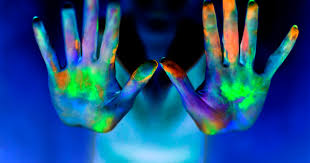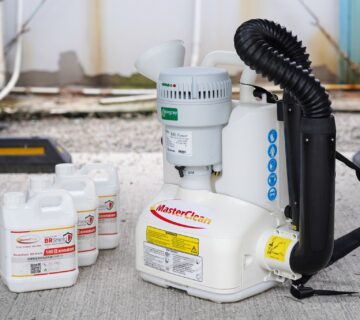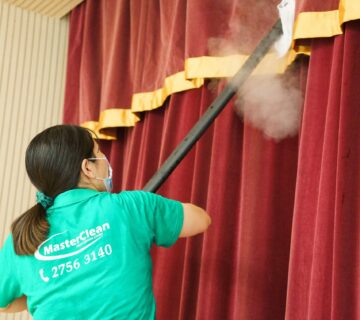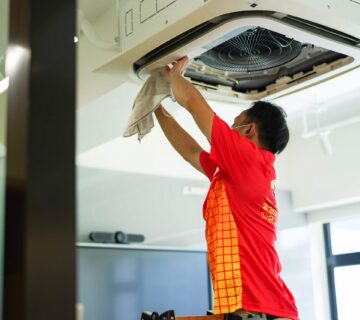UV Disinfection-In addition to alcohol hand rub, UV disinfection is also widely used. It was reported that some hospitals in the mainland have bought ultraviolet disinfection robots to roam around the hospital for 24-hour disinfection, and some schools in the United States have started to adopt similar equipment in the hope of reducing the risk of infection of teachers and students. But what is the principle behind it? What is the important information in the recent report issued by the Consumer Council?
The Principle of Ultraviolet Disinfection

Ultraviolet ray is a kind of invisible light. According to the different wavelengths, the ultraviolet ray is divided into UVA, UVB, UVC three kinds. UV-A, UV-B has a weaker disinfection ability, UV-C is generally used for daily ultraviolet light lamps. In 1901, Strebel, a scholar, proved that ultraviolet rays had a bactericidal effect, and it was related to wavelength. Among them, the ultraviolet radiation near the wavelength of 250~270nm has the highest sterilization ability, which can kill bacteria and viruses more quickly. The use of appropriate wavelength ultraviolet enough to destroy the molecular structure of DNA or RNA in microorganism cells, effectively resulting in the death of growth cells and loss of their self-replication ability.
Ultraviolet Disinfection is Not Entirely Safe

UV-C does not avoid normal tissues and bacteria, so cells exposed to certain ultraviolet wavelengths, such as eye and skin tissue, may also be damaged. Short-time exposure to the skin may cause redness, itching, allergic papule, and other symptoms. With prolonged exposure to UV light, the skin tissue can have serious damage. As for eyes, short time irradiation can lead to ophthalmitis, redness, dryness, tears, etc.
Ultraviolet Disinfection Effectiveness?
There is no consensus on the effectiveness of using ultraviolet rays to kill new viruses. Its ability is often affected by other factors, such as distance, virus type, etc., so it is impossible to guarantee that the virus will completely lose its destructive power after a period of time. There are UV disinfection machines that have a great difference in power, some of the more not to reach the “UV-C” disinfection level. Their antivirus sterilization ability is probably similar to going to the beach to have a sunbathe.
Recent Report from Consumer Council

The Council tested eight portable ultraviolet disinfectants on the market. The bactericidal efficacy of the samples was more than 97%, but the worst performance of inhibiting the infection of the virus was only 15%. The Council also found that the UV radiation of four of the disinfectants was at a high hazard level, which might cause skin and eye burns or damage; Two of them are of medium hazard level. Irradiation to the skin and eyes may cause discomfort. People are urged to be cautious.
Other Options?
In addition to irradiation ultraviolet lamp disinfection, coating disinfection for indoor furniture can achieve the purpose of antibacterial sterilization and epidemic prevention. For example, nano disinfectant coating is commonly used for indoor disinfection. The principle is to spray the nano-photocatalyst coating evenly on the surface of objects and places through the nano-spray gun, forming a layer of high functional film. The formation of highly active hydroxy-oxygen free radicals (OH¯) will take electrons from bacteria or viruses, the organic matter will lose the ability to bond electrons. Bacteria and viruses will die with the degradation of their surface organic compounds. Through the combination of cell membrane proteins to achieve long-term inhibition of bacterial reproduction, the effective term is can be up to one year.

 中文 (香港)
中文 (香港) ENG
ENG



